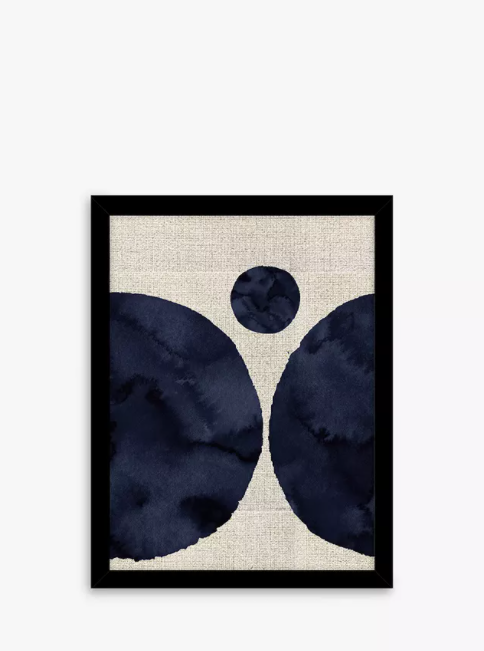Japandi style, an interior design aesthetic that blends Japanese and Scandinavian approaches, is everywhere right now. While the portmanteau has been around since 2016, it's popularity has accelerated in recent years, with searches peaking in September 2021, according to Google Trends. But what is it exactly? Why does it have such long lasting appeal?
To understand Japandi, it’s worth looking first at the two cultures it draws from. Scandinavian design as we know it now (encompassing the regions Denmark, Sweden and Norway) is defined by its clean, simple lines and a focus on functionality, without compromising on beauty. As Kurt Kovacs Braidley, the gallery manager of Sigmar puts it to Refinery29, it is defined by “the utilisation of both traditional and innovative manufacturing techniques, the use of more organic or familiar and essential forms, [and] an empathy with natural materials.”
AdvertisementADVERTISEMENT
Similarly, modern Japanese design is seen by some as “the greatest embodiment of minimalism in the world today” and is anchored by its focus on natural materials, low furniture and a neutral colour palette. The melding of these two aesthetic approaches makes sense: both embrace simplicity and craftsmanship and bring out interesting but soothing textural and tonal features in the other.
Japandi combines the way both cultures use natural materials, simplicity and craftsmanship. According to head of interiors Gemma Riberti and director of interiors Lisa White at trend forecaster WGSN, the use of pale woods as the material foundation, as well as the focus on light and airy spaces, make a space where the two palettes can work together. With Japandi, they tell R29, “a tranquil muted palette of pastel and cool colour schemes from Scandinavia is applied to soften the hard surfaces, juxtaposed to darker stained timbers, stone, and indigo elements from the Japanese style.”
“Both cultures contribute to the softly minimalist values that Japandi adheres to,” they add. “[Japandi] blends and mixes these colour hues together, creating dramatic contrast while maintaining balance.”
While use of the term ‘Japandi’ is relatively new, the connection between the two cultures dates further back. According to Architectural Digest, the melding of styles originated when Danish designers and creatives began traveling to Japan in the late 19th Century, when the 220-year-old closed-border policies were finally lifted. AD reads: “Early traces of this design style can be seen in ceramic crafts, architecture, and Danish furniture."
AdvertisementADVERTISEMENT
Fast forward to the 20th century's modernist dawn, and the dual design aesthetics intersect once again. As Danish designer Nina Tolstrup (of StudioMama) told BBC in 2019: “I really recognise that there’s this connection between the two places,” tracing the connection between classic modernist pieces of 1950s Scandinavia, with concurrently created piece by Japanese-American artist Isamu Noguchi and Japanese modernist designer Isamu Kenmochi.
The appeal of these two design approaches outside of their regions comes from the focus on creating spaces that are soothing and ordered, with room for creative expression. The cool elements of Scandinavian interiors are cosied up and softened by the considered tactility of Japanese references. Crucially, it's not soulless. As Gemma and Lisa put it, “it is very important to underline that this direction is the opposite of cold minimalism: it is warm to the hand and to the eye, it calls to be lived in and it feels relatable rather than aloof.”
It’s unsurprising then that this is a design approach people are so drawn to now. After being forced to make peace with our clutter and looking for new ways to fill our homes with happiness, creating an environment that feels simple, functional but full of heart is intriguing. Jen Hore, Brand and Social Lead at Trouva, the online retailer for independent boutiques, tells R29, that customers are now looking for interiors that inspire as well as soothe. "We saw a huge shift last year to homewares that sparked joy through bright, bold and clashing colours. This has been tailing off for a little while now as customers favour homewares crafted in natural materials and in a range of neutral palettes."
AdvertisementADVERTISEMENT
As Sam Hood, co-founder and chief creative director of luxury homeware retailer AMARA puts it, “the Japandi trend is still going strong because it blends two styles which gives flexibility and is less conformist for those that don’t want to go too far in one direction." Whether you're looking for ways to add depth to a neutral palette, or bring calm to a chaotic space, Japandi is a great way to do so while dipping your toe into the world of design from both cultures.
shop 6 products
AdvertisementADVERTISEMENT












